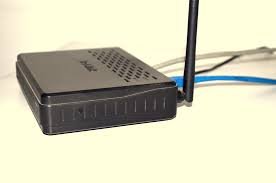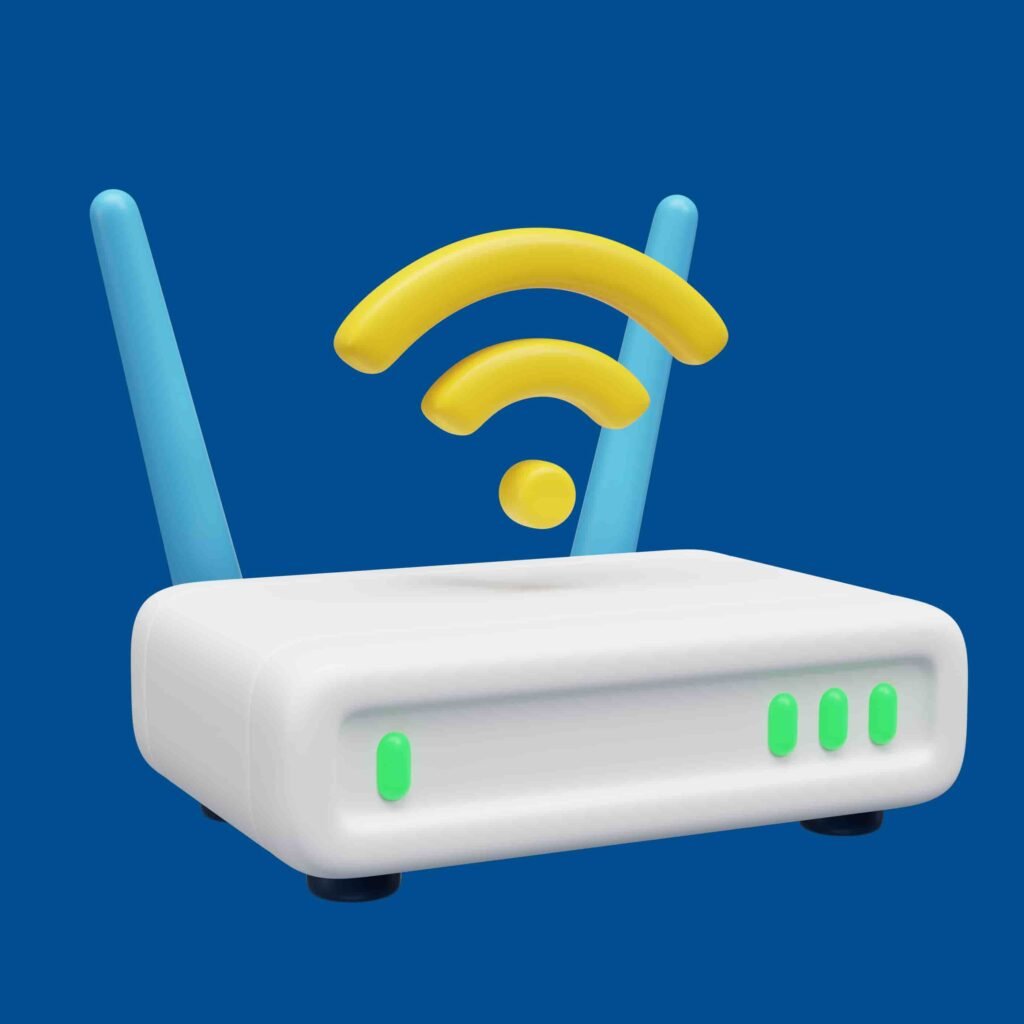
qBittorrent is one of the most popular open-source torrent clients, offering users an ad-free and fully customisable experience. However, for best performance, particularly in terms of upload and download speeds, you must guarantee that qBittorrent connects to as many peers as possible. One approach to accomplish this is to open a specific port on your router, which is known as port forwarding.
Port forwarding directs external traffic to a specific device on your network, allowing qBittorrent to communicate with other devices more efficiently. Let’s walk through the procedure of open port on router for qbittorrent.
.
Understanding Port Forwarding
It is important to comprehend port forwarding and its necessity before moving on to the technical procedures. Consider a port as an electronic portal that allows your device to connect to the internet. For security purposes, routers automatically reject unwanted inbound traffic. However, certain traffic must flow through this barrier in order for programs like qBittorrent to operate properly. This is where port forwarding comes into play; by allowing a specific port to be opened for qBittorrent, data flow is guaranteed.
How to Find the Correct Port for qBittorrent
First, you need to determine which port qBittorrent is using. By default, qBittorrent randomly selects a port. To find this, follow these steps:
open port on router for qbittorrent
and go to Tools > Options.
Navigate to the Connection section.
You’ll see the Port used for incoming connections. Write this down.
You can also manually set a port here if you prefer to use a specific one. It’s recommended to choose a port between 49160 and 65535 to avoid conflicts with other applications.
Getting Your Router’s IP Address
To access your router’s settings, you need its IP address. Here’s how to find it:
On Windows:
Open the Command Prompt and type ipconfig.
Find the Default Gateway, which is the IP address of your router.
On macOS:
Go to System Preferences > Network.
Select your connection and click Advanced.
Your router’s IP address will be listed under the TCP/IP tab.
Logging Into Your Router’s Admin Panel
Once you have the IP address, open port on router for qbittorrent your browser and type it into the address bar. This will direct you to the login page for your router. If you haven’t changed the default credentials, they’re often something like admin/admin or admin/password. If you’re unsure, refer to your router’s manual or search for the default login for your router model online.
Locating Port Forwarding Settings in the Router
Proceed to the port forwarding section after logging in. This is typically under settings like Advanced, NAT, or Port Forwarding. The terminology may vary depending on your router, but the basic principle remains the same.
Configuring Port Forwarding for qBittorrent
Now, it’s time to set up the port forwarding rule:
Enter the local IP address of the device running qBittorrent. You can find this by typing ipconfig in Command Prompt (Windows) or checking the Network settings (macOS).
Specify the port number you found earlier in qBittorrent.
Choose the correct protocol—typically, this will be TCP/UDP.
Save the settings.
Saving and Applying the Changes
Make sure to save all changes before exiting the router’s admin panel.For the changes to take effect, certain routers might need to be rebooted. If this is the case, restart your router and ensure the settings are still intact.
Testing the Port Forwarding for qBittorrent
Once you’ve set everything up, it’s essential to verify that the port is open. You can use online tools like CanYouSeeMe.org to check if the port you forwarded is accessible. Simply enter the port number and run the test.
Alternatively, qBittorrent has a built-in port checker:
Go to Tools > Options.
Under the Connection section, click Test next to the port number.
Dealing With Dynamic IP Addresses
If your router assigns a dynamic IP address to your device, your IP may change over time, breaking the port forwarding rule. To avoid this, set a static IP address for your device in your router’s DHCP settings.
Router Security Considerations
After configuring port forwarding, it’s important to secure your router. Change the default admin credentials if you haven’t already and ensure your router firmware is up to date to protect against vulnerabilities.
Enabling UPnP as an Alternative
If port forwarding seems too technical, you can enable UPnP (Universal Plug and Play) in qBittorrent and your router. UPnP automatically opens the necessary ports, but it’s less secure, so be mindful of the potential risks.
Common Issues and Troubleshooting
If the port is still closed after following these steps, check your firewall settings or antivirus software, as they may block the connection. Additionally, some routers may have specific quirks that require extra steps for port forwarding.
Tips for Optimizing qBittorrent Speeds
Aside from port forwarding, you can tweak other settings in qBittorrent for better performance, such as adjusting connection limits and ensuring that you’re downloading healthy torrents with plenty of seeders.
Conclusion
Opening a port on your router for qBittorrent is a relatively simple process that can significantly improve your torrenting experience. By following the steps outlined above, you’ll ensure that qBittorrent can connect to more peers, resulting in faster download and upload speeds.

FAQs
- Can I use any port for qBittorrent?
Yes, but it’s recommended to use a port between 49160 and 65535 to avoid conflicts with other applications. - What happens if I don’t open a port for qBittorrent?
Your speeds may be slower, and you might have difficulty connecting to peers. - Will opening a port affect my internet security?
It can if not done correctly. Make sure to secure your router by changing default credentials and keeping firmware updated. - How can I check if port forwarding is working?
Use online port checker tools like CanYouSeeMe.org or qBittorrent’s built-in port test. - Do I need to open a new port if I switch networks?
Yes, if you’re on a different network with a new router, you’ll need to configure port forwarding again.

